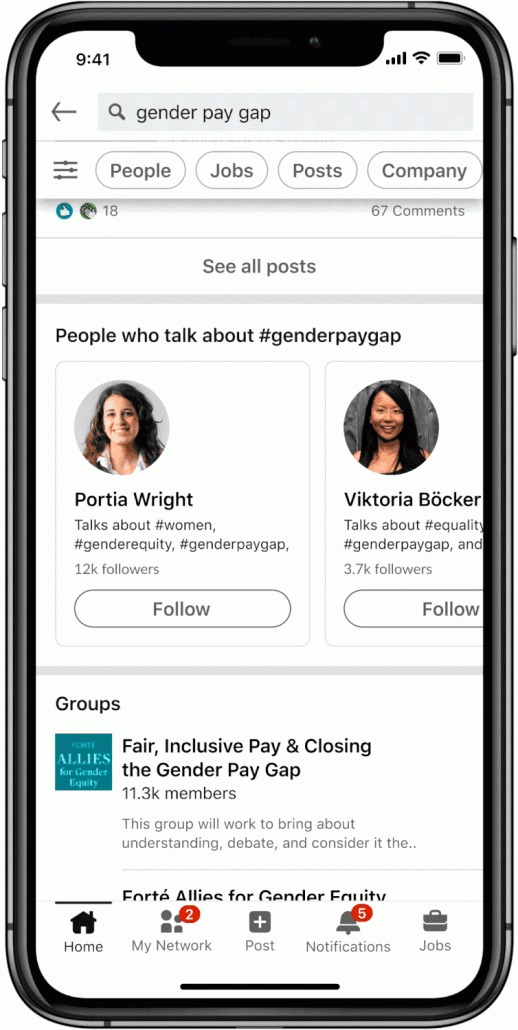Ecommerce websites have become a major part of the internet as online shopping has taken off in recent years. However, the unique nature and structure of these sites can make them uniquely tricky to optimize.
Product variant pages, annual sales, and the need for lots of high-quality images may make it difficult to optimize these pages using some traditional SEO strategies, while other techniques remain essential for high rankings.
Thankfully, Google’s own Alan Kent has produced a short video full of SEO tips specifically for ecommerce sites. I’ll embed the full video at the bottom of the page, but we’ll also be sharing the highlights below:
8 Tips for Ecommerce SEO
- Cover the Basics: Basic technical SEO like allowing Google to crawl your site or using proper page titles is crucial for helping Google find and understand your website. For starters, make sure page titles feature your brand name and product details (such as color) and use structured data to make your product pages easy for Google to sort through your online store pages.
- Create Content for Every Stage of the Shopping Journey: Google knows that searchers are often looking for information rather than wanting to buy right now. This is why the search engine prioritizes sites with a wide array of content for every stage of the buyer’s journey. To help you get started brainstorming, Kent suggests providing gift ideas, highlighting reviews, and including detailed information about your products.
- Markup Product Variant Pages: To keep product variants well organized, ensure every variant has a unique URL and establish a canonical page.
- Reuse Regular Sale URLs: Preserve URLs from sales so they can be reused later. For example, you’ll want to use the same URLs every year for holiday sales.
- Performance: When shoppers are ready to buy, they want to do so as quickly as possible. When your page is competing against a similar product page for a spot in the search results, speed is often the tiebreaker that will help you come out ahead.
- Be Patient: SEO takes time to gain momentum. In many cases, it can take months for changes to impact your rankings. Don’t try to rush things or change strategies because you’re getting restless. Just keep working on improving your overall SEO.
- Don’t Be Afraid To Ask For Help: Every site is unique and may not benefit equally from Google’s broad advice. Don’t hesitate to ask SEO experts how to best optimize your site or how to adopt these strategies to your needs.
- Focus on Users: At the end of the day, Google wants to provide the best possible site for users. Be that site.





